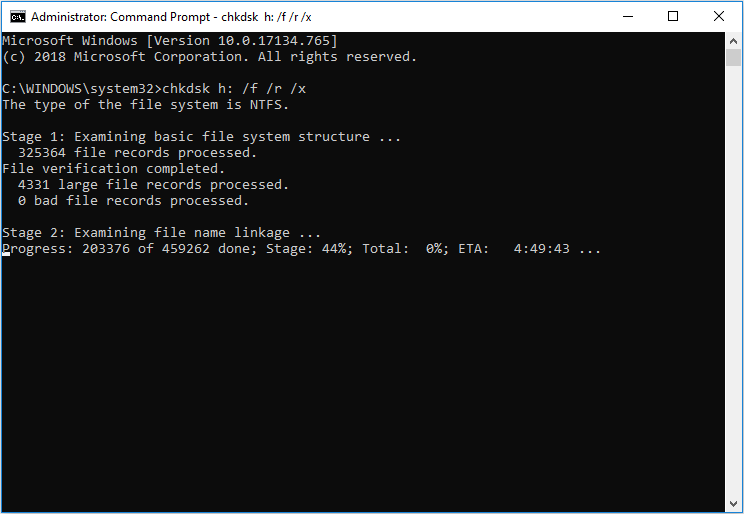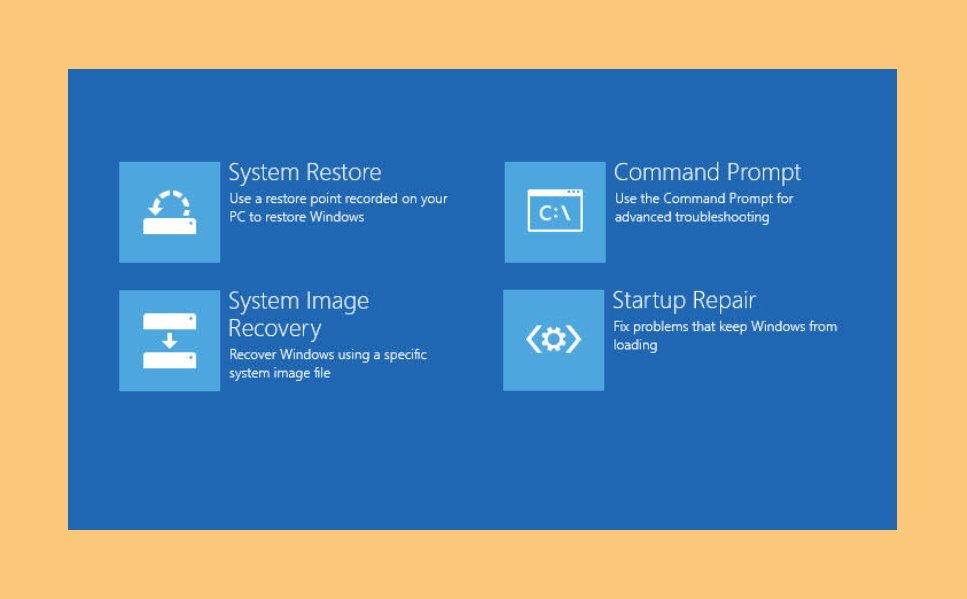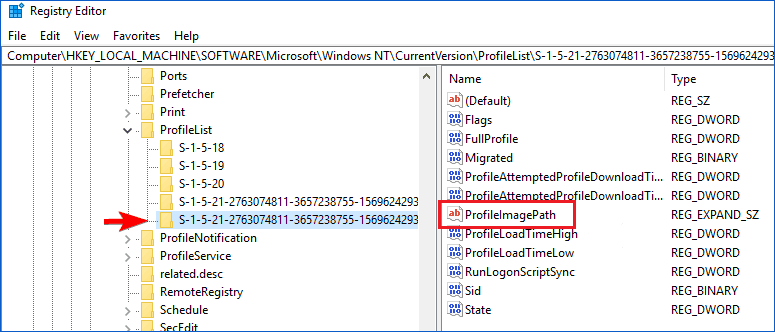
Oftentimes, Microsoft will direct administrators to mitigate a pressing security issue in Windows by modifying subkeys in the registry by adding new registry values - also called data entries - or modifying or existing ones. This root key holds hardware profile information the machine calls during system startup.īelow each key can be multiple subkeys and values.


This root key holds data related to the user currently using the machine, including the user's folders and screen colors.

Regedit is one of the oldest tools, but Microsoft provides several more options, including the command-line utilities named reg and regini, PowerShell cmdlets and the Group Policy administrative tool. There are several utilities and techniques to make registry changes. There are times when a simple addition to the registry can fix a stubborn problem to save you from having to reinstall an application, or modifying an existing registry key can ward off an emerging threat until Microsoft deploys an official patch to plug the vulnerability.


 0 kommentar(er)
0 kommentar(er)
